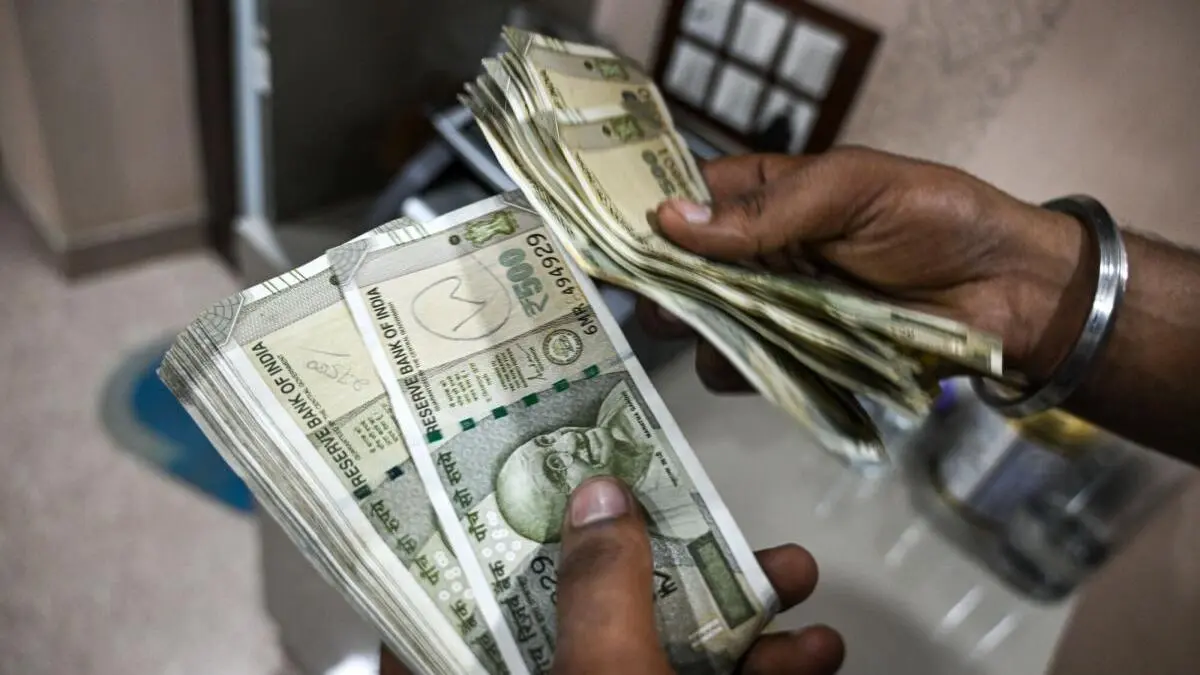By Sourashis Banerjee
Copyright thehindubusinessline

The Indian rupee experienced one of its most challenging periods in recent memory in 2025 as it was hit with a much higher tariff by the US compared to most other emerging economies. This has resulted in the rupee sliding sharply against all major currencies, including the euro, yen and British pound. The Indian currency is also the worst performer so far this year, compared to other EM currencies.
Weak against all major currencies
The rupee’s 2.71 per cent depreciation against the dollar is much discussed. But the rupee has lost a much larger 18.05 per cent against the euro, 12.88 per cent against the British pound, and 9.87 per cent against the Japanese yen so far in 2025. This broad-based weakness is in contrast to 2024, when the rupee gained 7.19 per cent and 2.77 per cent against the yen and the euro, respectively.
According to Abhishek Bisen, Head – Fixed Income at Kotak Mutual Fund, the rupee weakness against other major currencies is due to the 50 per cent bilateral tariffs imposed by the US on India. “India exports around 20 per cent of its goods to the US and bilateral tariffs imposed are significantly higher than other countries.”
“Other currencies such as JPY, euro and GBP have appreciated against the USD in the current year. US Dollar Index has depreciated over 10 per cent year to date,” added Bisen. This has resulted in underperformance of the rupee against the euro, GBP and JPY.
The expectation of a US Fed rate cut had led to further weakening of the USD in the last few days. This had made the rupee gain 16 basis points against the dollar prior to the FOMC meeting. With respect to euro, however, the rupee lost a further 25 bps in the same time period.
Weaker than peers
When compared with emerging market currencies, the rupee fared even worse. With the exception of crisis-ridden outliers such as the Argentine peso and Turkish lira, the Indian rupee was the weakest among stable emerging market peers in 2025. While the Brazilian real and Chinese yuan managed to post gains (of about 15.96 per cent and 2.68 per cent respectively), and the Hong Kong dollar remained steady, the Indian rupee’s fall of about 2.64 per cent was the biggest.
The relative underperformance against other EM currencies is largely due to the higher tariff imposed on India by the US, says Bisen. “Foreign portfolio investment inflows between April and August 2025 are at $2.6 billion, as against $10.4 billion in the same period of the previous year. In contrast, FPI inflows into the overall emerging market over the same period has risen to $162 billion in the same period, which is significantly higher than last year. This impact is temporary, and we believe that the situation for India will improve once the trade deal is finalised between India and the US.”
An opportunity
However, a weaker rupee is not without silver linings. It makes Indian exports like IT services, textiles, and pharmaceuticals more competitive in global markets, potentially supporting export earnings. It can also incentivise import substitution in sectors like electronics and chemicals. Yet, these advantages are offset by the higher cost of crude and other essential imports, which keeps inflationary pressures alive and limits the overall benefits of a softer currency.
Published on September 18, 2025



